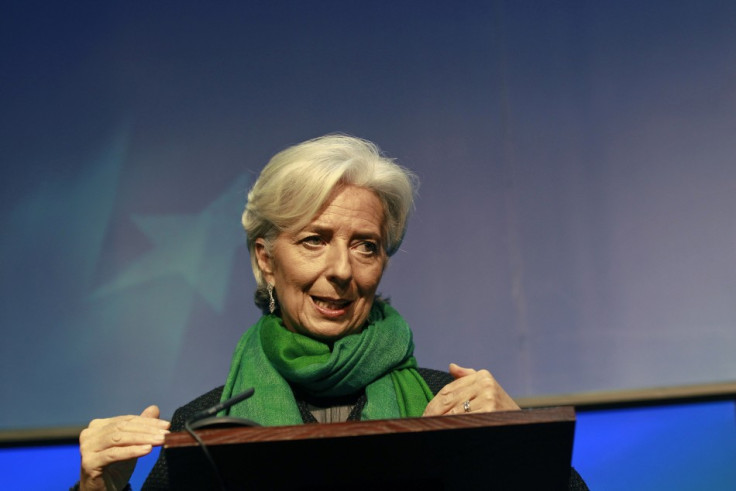IMF Approves $1bn Ireland Bailout Tranche

The International Monetary Fund has granted Ireland another $1bn from its bailout programme.
In 2008, Ireland's government offered a blanket guarantee to its banks, experiencing the credit crunch which had fuelled a massive property bubble and aggressive lending practices.
In 2010, Dublin had to accept a €85bn bailout from the European Union and IMF, as the cost of rescuing the country's banks reached a €64bn overall. To pay for the massive bill, Ireland's population had to endure painful austerity measures.
A Return to International Markets
Ireland is set to become the first euro country to exit its bailout in December 2013 as it is expected to return to the debt markets. However, its economy needs to grow at 2% per year from 2014 to service its national debt at a sustainable rate.
The economy contracted by 1.2% year-on-year in the second quarter of 2013 as exports fell and domestic demand shrunk.
Better Economic Data?
However, there has been evidence that the economy is improving.
The Central Statistics Office reported on the 19 September 2013 that the economy returned to growth in the second quarter after nine months of contraction with an estimated 0.4% increase in the second quarter 0f 2013 compared to the first quarter.
The return to growth was partially driven by a 0.7% rise in personal expenditure but the unemployment rate remains high at 13.4%.
However, Ireland's unemployment rate dropped to a three year low in June 2013 which suggests that the economy is still creating jobs.
© Copyright IBTimes 2025. All rights reserved.






















